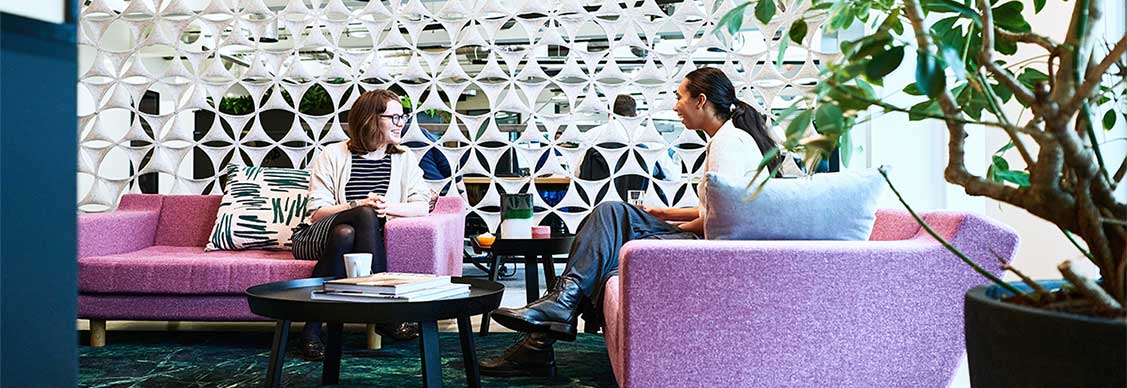Why landlords are looking beyond the office
Amenities near the office are becoming an essential part of the workplace experience
When companies are looking for new office space these days, they’re increasingly considering how far workers will have to walk to grab a coffee or to hit the gym at lunch.
Elevated employee expectations are pushing companies to factor in nearby amenities as part of the workplace experience, which is continuing to expand beyond the confines of the office.
If it’s more than five minutes from the front door, they’re looking elsewhere.
“Coming to work is no longer limited to the office,” says Mireille Wan, Senior Director, JLL. “Amenities within a five-minute radius from the workplace can transform the experience for returning employees and offer a differentiated experience from home.”
Wan was moderating a panel on the transformation of workplace experiences at the Future of Office event featuring industry experts who discussed a broad range of issues, from the amenities offered within a five-minute workplace to how buildings and offices can meet demands for space flexibility.
“The concept of workplace has changed in the past two years, given the shift from working in the office, to working from home and now somewhere in between,” says Hui Min Chan, Director, DP Architects, at the Future of Office event.
The five-minute workplace
The idea of a five-minute workplace is, however, not entirely new. Mixed-use developments, which allow people to live, work, and play within the same area, already offer a blueprint for how a five-minute workplace may look like.
Typically integrating retail, residential, and office spaces, mixed-use developments such as the upcoming South City Square in Australia, or Funan and Paya Lebar Quarter in Singapore, have become the benchmark for urban developments in recent decades.
“The progression of workplaces has shifted towards where you can work outside of your desk and your chair,” says Sam Okeby, Managing Director, Development, Asia, Lendlease, at the Future of Office event. “The expansion of mixed-use precincts creates the opportunity for places to work, whether that's within a retail zone, or even within a yoga studio.”
With the workplace expanding beyond the internal office footprint, spaces within and around the office are equally important to the experience. “There’s a need to think about how these non-office spaces can be conducive for the work activity that needs to happen,” says Chan.
Flexibility matters
Like occupiers, landlords too play a crucial role in supporting employees’ needs and expectations of the workplace.
“The question would be how we support our occupiers who are on the journey of workplace transformation,” says Su Lin Wee, Executive Director, Head of Asset Management, Southeast Asia, PGIM Real Estate at the Future of Office event.
For companies to design the ideal workplace for their employees, landlords must be able to cater to high levels of flexibility necessary for the design and fit-out of spaces.
Landlords should be able to provide not only building amenities, but also flex areas and the infrastructural flexibility for occupiers to create their own space, says Wee.
The flexibility to adapt and reuse spaces with ease comes into play when changes are needed to match employees’ changing expectations of the workplace.
This ability to respond to these changes is critical, Chan says.
“Today you may have a lot of spaces for collaboration. Maybe a year later, people have different needs,” says Chan.
“The infrastructure that you create — in addition to having good bones for human-friendly environments, daylight, and good air quality — needs to be flexible, [and] it needs to respond to changes.”
